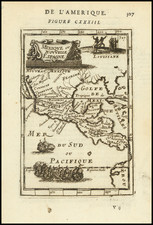Aztec Astronomer and Observatory
A most unusual and intriguing 1834 watercolor wash drawing by Captain William H. Shippard, depicting an Aztec monolith unearthed on the road between Amecameca and the village of Tlalmanalco, in the modern-day state of Mexico. Several writers assert that this stone served as an observatory for Aztec astronomers. This image was copied by Shippard from a lithograph plate by Agostino Aglio, which appeared in Dupaix's Monuments of New Spain.
Shippard has written a lengthy caption beneath the drawing in his distinctive hand:
Plate (facsimile) from M. Dupaix's Monuments of New Spain, Astronomical Monument found in the road from the Village of Tlalmanalco to that of Amecameca in the estate of Señor Don Joseph Tepatolco.
The figure holds to his eyes a tube or optical instrument in front of the figure is engraved the likeness of a rabbit sitting as well as two parallel rows of Numerical signs. In addition to these are two signs connected with science.
Aglio's Mexican Antiquities vol. 6, page 441.
British Museum 25 July 1834
The description from Dupaix adds further details about this unusual stone carving:
Going from the town of Tlalmanalco to that of Mecamecan, at a distance of a league to the east of the latter and in the confines of the estate of Don José Tepatolco, is an isolated rock of granite stone artificially cut into a conical form with a series of six steps cut in the solid rock itself on the eastern side, the summit forming a platform or horizontal section suitable for the purpose of observing the stars at all points of the compass. It is, therefore, most evident that this ancient monument or observatory was employed solely for the astronomical observations, and it is further proved by various hieroglyphs cut in the south side of the cone; but the most interesting feature of this side is the figure of a man standing upright and in profile directing his gaze to the east with the arms raised, holding in the hands a tube or species of optical instrument. Beneath his feet is seen a carved frieze with six compartments or squares and other symbols of a celestial nature are engraved on their surfaces, evidently the product of observation and calculation. Some of them have connection with those found symmetrically arranged in circles on the ancient Mexican calendar.
William Henry Shippard's Mexican Paintings
William H. Shippard (1803-1865) was a pioneering 19th-century British museologist - an unsung progenitor of modern-day museum anthropology. While he is chiefly remembered as a friend of George Catlin, Shippard's profound interest in the ancient civilizations of Mexico connects him with a cohort of British contemporaries that include Lord Kingsborough and the showman William Bullock. Shippard's fascination with Mesoamerica propelled him to amass a significant collection of visual material derived from Aztec codices which he copied himself. A figure of some intrigue and scholarly ambition, Shippard endeavored to establish the Museum of Mankind in London, which seems to have evolved from his deep interest in early Mexican cultures. Although the museum did not come to fruition, Shippard's original artwork, mainly pen and ink drawings enriched with vibrant hand coloring, based on Mexican codices held in European libraries and collections, remains a valuable historical source, particularly for understanding the allure of Mexican antiquity within early 19th-century British collecting circles.
Capt. William H. Shippard, a friend of George Catlin and an avid watercolorist and museologist, was also a pioneering British Mesoamericanist. Shippard appears in British newspaper notices from the 1840s as a London-based lecturer who spoke about Native Americans and Mexican antiquities. We know he was a friend of George Catlin, and that he was involved in attempts to organize early London museum exhibitions of Mexican antiquities. In the latter efforts Shippard would seem to coincide with a group of like minded prominent English collectors interested in Mexican topics active during the 1820s and 1830s, including Lord Kingsborough and the bibliomaniac Sir Thomas Phillipps, among others. He seems to have been an armchair anthropologist and would-be museum founder, whose ambitious ideas for a London-based museum never got off the ground - at least not beyond the prospectus-printing stage. Certain aspects of Shippard's career are akin to William Bullock, the showman and connoisseur of Mexican antiquities who actually did travel to Mexico. Bullock published a notable book about his Mexican travels, and achieved a level of recognition in his day as the empresario of London's Egyptian Hall, wherein he thrilled large London audiences with his elaborate exhibitions of exotica, including Mexican items.









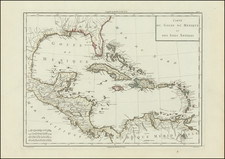
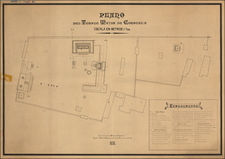
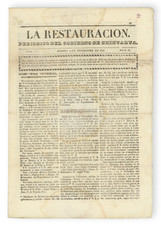
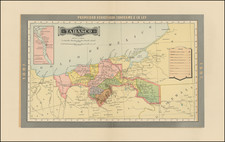
![[Austins Colony] Mexico & Guatemala](https://storage.googleapis.com/raremaps/img/small/94054.jpg)
